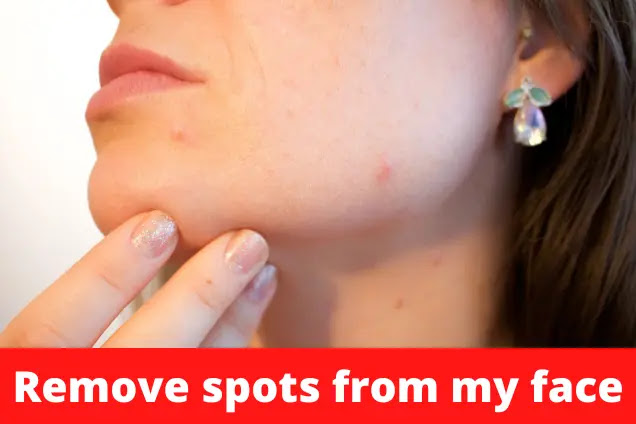How can I remove spots from my face? In today's article, we are going to discuss this and more. While most people who see themselves in the mirror wishing that their skin tone was better, or that their noses weren't too big, there's at least one thing that many of us would like to change about ourselves: the blemishes and dark spots on our faces.
Applying products that claim to reduce blemishes or dark spots just never seems to work, despite spending endless hours trying to pluck our uncooperative eyebrows or pluck our unwanted hair. It's only when we stop trying to cover up our blemishes that they start to go away, so we start learning how to get rid of them once and for all.
Read more: Sticking to these beauty rules will improve your skin by 20%
While the first steps are always obvious - exfoliate, cleanse, and moisturize - there are other, less obvious ways to diminish the appearance of dark spots. Let's start with what to avoid, and what to do instead.
How can I remove spots from my face?
What to do and What to avoid
Avoid anything that contains bleach, hydrogen peroxide, or ammonia, as they can permanently bleach your skin and dry it out.
Always be mindful of what's in your skincare product cabinet. Our top picks for face masks, cleansers, and moisturizers with SPF protection.
SICK OF YOUR SKIN? THESE FACIAL MASKS WILL SOLVE ALL OF YOUR PIMPLES
Consult a professional or learn more about the skin types that are most affected by spots.
WHAT TO DO
Cleansing: Apply a gentle exfoliating body wash or exfoliating scrub, like SkinCeuticals Gentle Exfoliating Body Wash, to remove the dirt and oil that have been causing blemishes to appear.
When you wake up, your skin is more resilient and more prepared to absorb and diffuse the UV rays, so apply sunscreen on top of your moisturizer - at least SPF 30.
Try Elizabeth Arden Ceramide Capsules with Vitamin C or First Aid Beauty Brightening Drops with Hyaluronic Acid, from Sephora.
WHAT TO AVOID
Apply the spot treatment to blemishes one to three times a day, and wash off with water or lotion.
If you have acne-prone skin, look for anti-bacterial ingredients that have a fragrance-free, oil-free formula that works for your skin type. A product with retinol can help reduce dark spots and acne scars, so make sure you're using a product with a minimum of 2 percent retinol.
Apply a clay mask once a week and wash off with water after 10 to 15 minutes. Make sure to avoid products with retinol as you may find your skin darkening and develop patches or rashes.
Instead, apply a product with salicylic acid, like SkinMedica Pores No More Anti-Microbial Mask, $68, to your spots and break up the scarring. You can also try making an at-home exfoliating mask at home using ingredients from your skincare cabinet.
If your blemishes are extremely dry and crusty, try applying a product containing witch hazel or milk to help hydrate your skin.
Choose a product that has SPF, and always apply the product at night to avoid it drying out your skin.
Apply a spot treatment before bed, and then follow it up with a moisturizer that also contains SPF.
You can also treat blemishes at home. Take a small amount of petroleum jelly, and gently dab a cotton pad over your blemish, using just enough to cover the area. Let the pad absorb and then rinse it off with water. Do this once a day.
If you have acne-prone skin, try an exfoliating mask once a week and a moisturizer that also contains SPF once a day. You can also use witch hazel, baby oil, aloe vera gel, or aloe vera juice for your moisturizer if your skin has been prone to acne breakouts.
HOW TO REMOVE SPOTS FROM YOUR FACE NATURALLY
The natural home remedy for removing the blackheads and whiteheads that make up an angry, irritated pimple is to scrape the pimple with a toothpick. The paste the toothpick leaves behind will remove the oil and debris from the pimple. This remedy works best when you've applied a moisturizer to your pimple beforehand.

